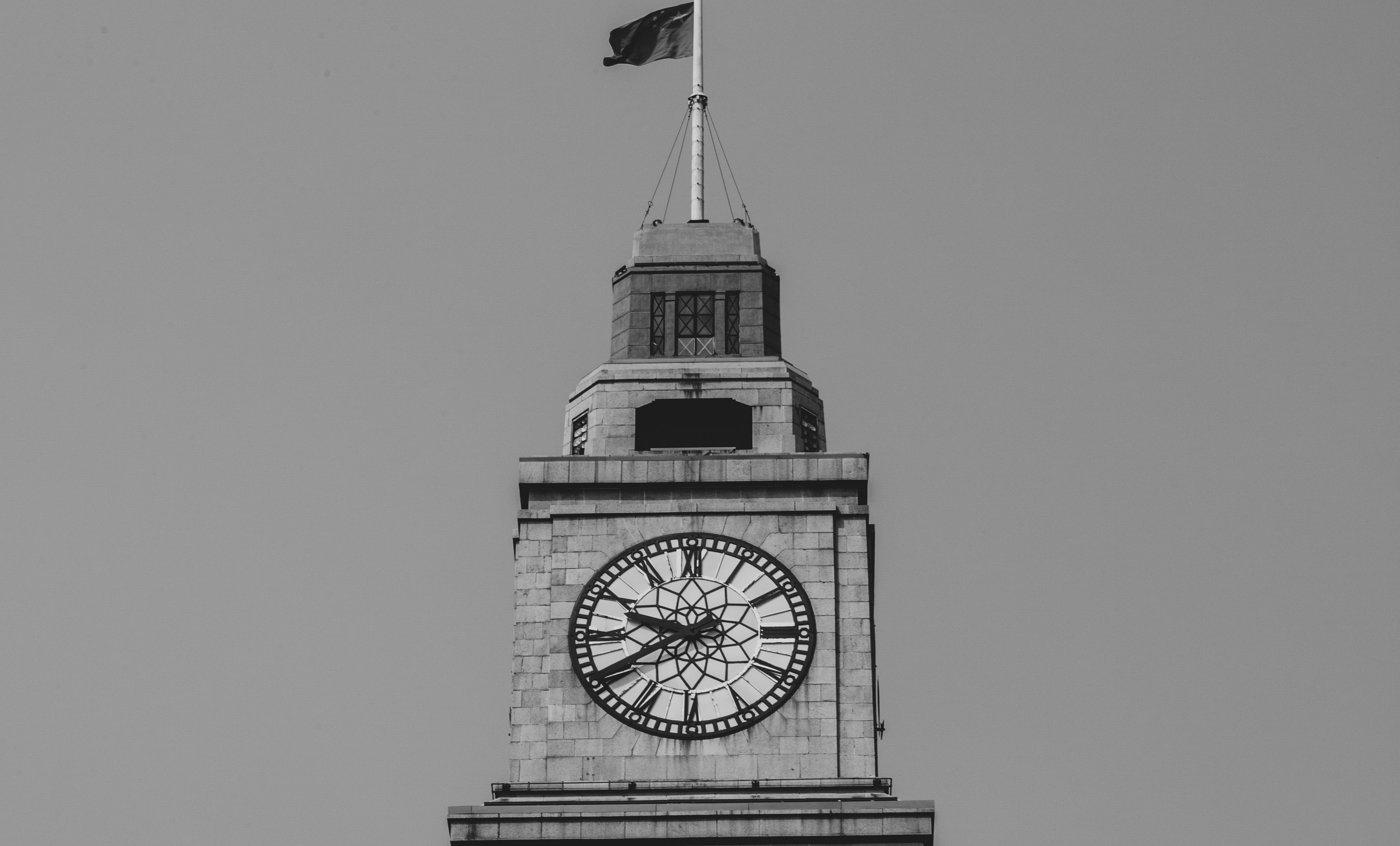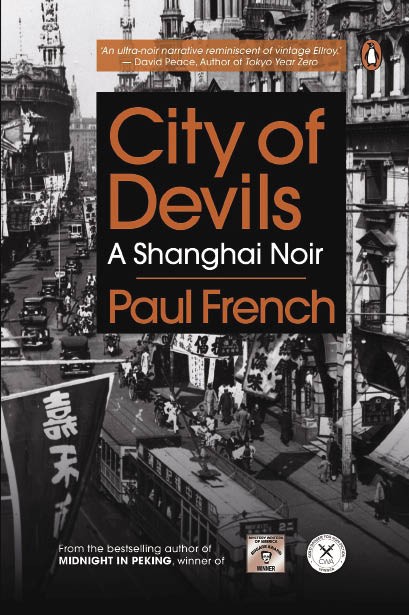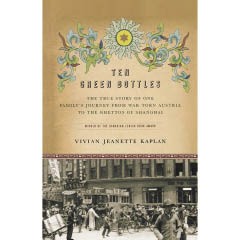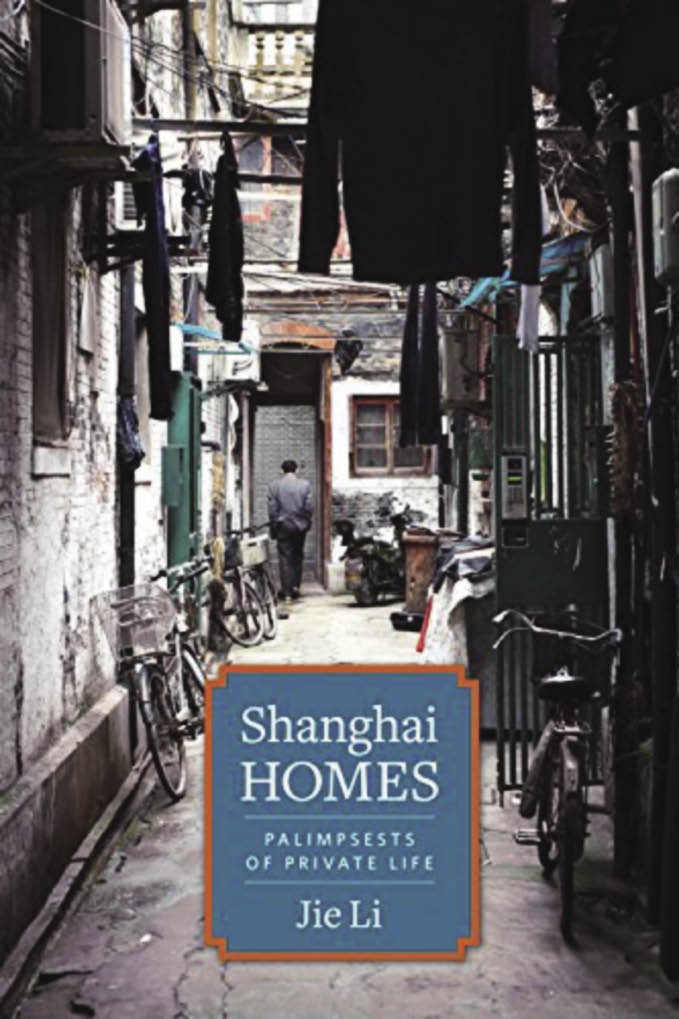
As a founder of Historic Shanghai, a society dedicated to preserving and appreciating the city’s physical and cultural history, I’m constantly being asked, “what should I read to learn more about old Shanghai?” The frustration is that there’s no single book that could possibly tell Shanghai’s complicated, nuanced story. There are just too many stories, too many perspectives! Here are some of my favorites.
For more, great Shanghai history reads, check out Historic Shanghai Book Club’s yearly reading list on the web at: historic-shanghai.com/book-club.

Remembering Shanghai: A Memoir of Socialites, Scholars and Scoundrels
By Isabel Sun Chao and Claire Chao
Isabel was the privileged daughter of a wealthy family in 1930s Shanghai, and this is her story. Written with her daughter Claire, it’s also the sweeping story of five generations of Suns—classic Shanghai drama: the rise and fall of a great family, the scandals, the surprises, the tragedies, all against the turbulent backdrop of 19th and 20th century China.

Rumors from Shanghai
By Amy Sommers
This historical thriller reveals hidden histories and unexplored possibilities in the tale of young African American lawyer Tolt Gross, who arrives in flourishing 1940s Shanghai. In the midst of hard work and hard play, he stumbles upon a secret Japanese plan to destroy the U.S. Pacific fleet at Pearl Harbor. How to give the alarm? Would anyone believe a Black man?

Life and Death in Shanghai
By Nien Cheng
Nien Cheng was part of the educated elite in old Shanghai, but like so many of her ilk, she suffered greatly during the cultural revolution, spending six and a half years in prison. This first-hand account takes an unflinching look at those years of chaos, providing invaluable insights into the period, and revealing the incredible strength of the author.

Champions Day: The End of Old Shanghai
By James Carter
Brilliant premise: A triptych of events held on a single day—November 12, 1941- by different (yet overlapping) communities in old Shanghai: Champions Day at the racetrack; the funeral of Liza Hardoon, ‘the richest woman in Asia’; and the birthday of Sun Yat-sen. Combined, they paint a portrait of a city and a time that is notoriously hard to capture.

Shanghai Faithful: Betrayal and Forgiveness in a Chinese Christian Family
By Jennifer Lin
Centred around the author’s grandfather, Reverend Lin Pu-chi, this is the story of 150 years of Christianity in China through the lens of the Lin family, from the first convert in a remote Fujian fishing village to the present day. A journalist’s eye for detail, a scholar’s research and a novelist’s turn of phrase combines to create finely drawn characters and their Shanghai.

City of Devils: A Shanghai Noir
By Paul French
The little-told story of interwar underworld Shanghai: the gangs, the casinos, the baddies. It’s the story of “Lucky” Jack Riley, the escaped convict who became the Slots King of Shanghai and “Dapper Joe” Farren, née Josef Pollak, a penniless Vienna Jew, their intertwined lives, their rise and inevitable, dramatic fall, all against the backdrop of the only city that could have nurtured it.

Ten Green Bottles: The True Story of One Family’s Journey from War-Torn Austria to the Ghettos of Shanghai
By Vivian Jeanette Kaplan
Nini Karpel’s story begins with her charmed life in Vienna, but with Hitler’s rise to power, the family seeks refuge in an unknown place: Shanghai. There, they encounter an incongruent world of immense wealth and abject poverty, rampant disease and raging war. Told in magnificent detail, this is a nuanced portrait of the experience of ghetto Shanghai.

Shanghai Homes: Palimpsests of Private Lives
By Jie Li
Inspired by the demolition of so many lane neighbourhoods, anthropologist Jie Li interviewed her family for an intimate look at the life cycle of a Shanghai lilong. Part microhistory, part memoir, the book salvages recollections by successive generations in two Shanghai lane neighbourhoods where the family lived, offering a rare insight into lane life from the 1950s-1980s.